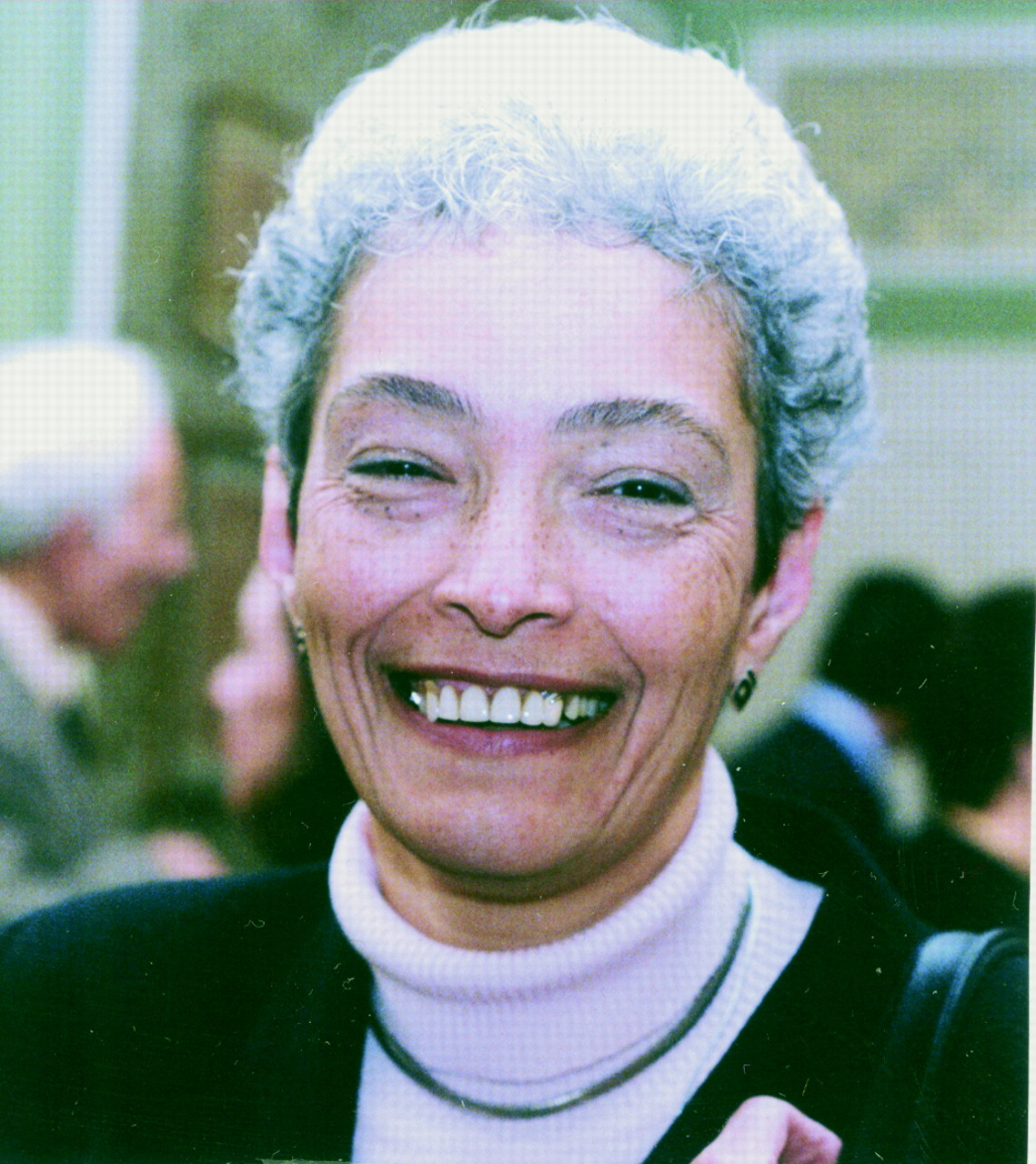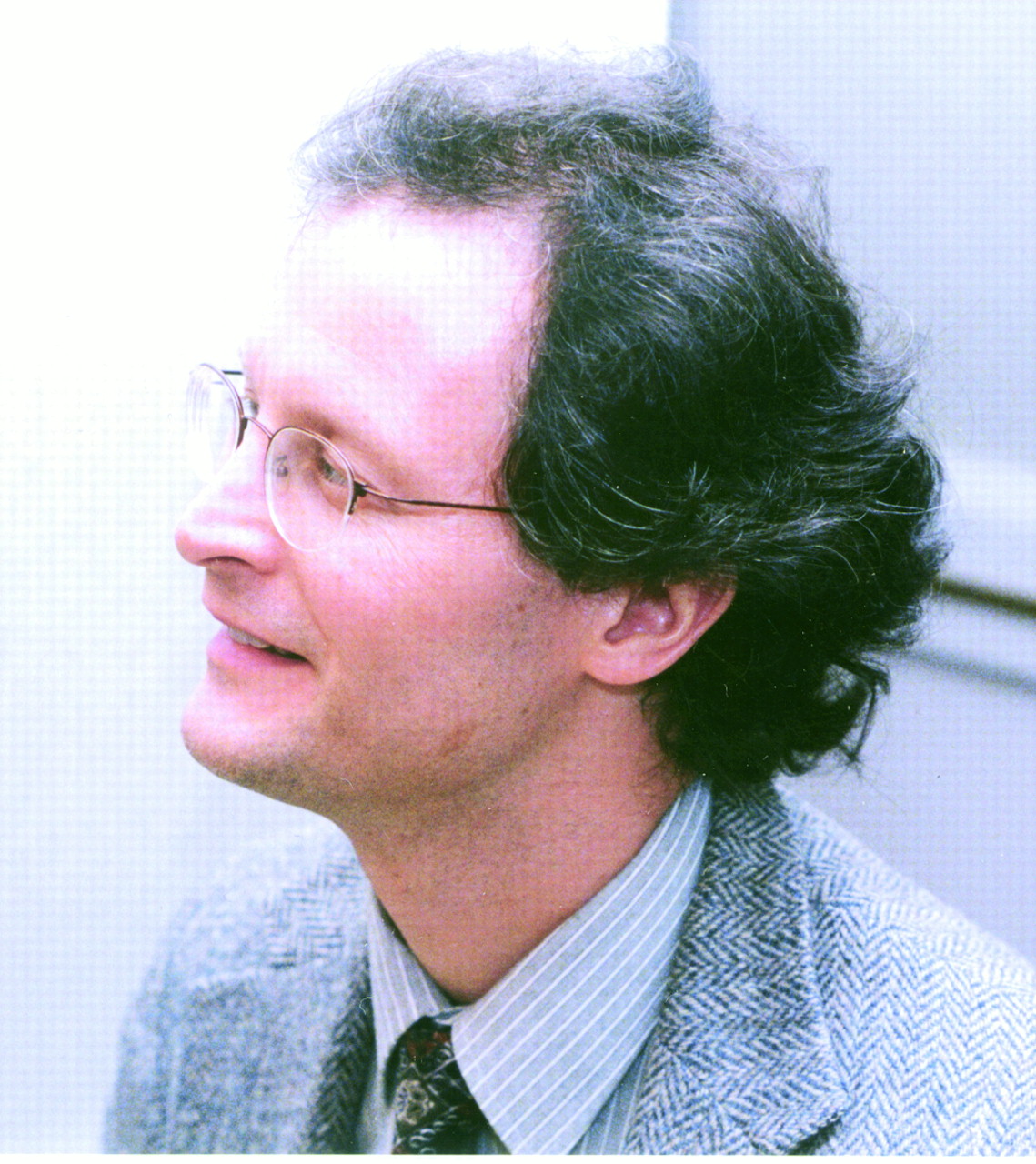Psychoanalysts Rally to Ensure Future of Embattled Specialty
All right, so things could be rosier for psychiatry. Managed care could shape up or ship out. Patient confidentiality could be secured. But the headaches for psychiatry in general pale next to those of psychoanalysis in particular, which is like a species in danger of extinction, a spotted owl of the psychiatric world, if you will.


Sandra Walker, M.D., of Seattle, Wash., and Jeffrey Chambers, M.D., of Durham, N.C., are both studying to become psychoanalysts. They were among the 1,800 people who attended the December meeting of the American Psychoanalytic Association.
“Psychoanalysis today is under siege,” Pyles acknowledged. “We are fighting for survival!”
“This creeping humanitarian ice age threatens to snuff us out,” Rich asserted.
At the start of the 20th century, of course, psychoanalysis’s promise looked awesome. As Pyles pointed out, Freud’s discovery of the human unconscious state was a dazzling scientific coup. The use of psychodynamic therapy against battle fatigue after World War I and World War II helped establish the field of psychoanalysis—in a sense, those were its halcyon years. The psychosocial therapeutic approach to the diagnosis and therapy of mental illnesses continued to remain robust during the 1950s and 1960s.
But things started to go sour. Biologically oriented psychiatrists started challenging the psychosocial model, Pyles said. During the 1970s health insurance companies started balking at paying for the treatment of mental disorders that they considered dubious illnesses. In 1980 DSM-III was published; it represented a shift from probing the unconscious to describing more outwardly visible symptoms of mental distress. In 1992 the situation for psychoanalysis turned downright depressing with the arrival of managed care. Psychoanalysts reacted with “horror,” Rich painfully recalled.
But it wasn’t just outside events that threatened psychoanalysis, Pyles admitted. A good part of the problem came from within the ranks of psychoanalysis itself. Psychoanalysis had been weakened by organizational splits, reorganizations, and mutual suspicions on and off for years. Some of the psychoanalytical truths that analysts have defended have also sapped life out of psychoanalysis. For instance, in Pyles’s particular psychoanalytic institute it was believed up to only recently that the only way a person could become a real analyst was by devoting all his or her time to it.
And yet . . . Some psychoanalysts are calling on their colleagues to fight the good fight to save their beloved therapy. “Our splendid isolation must end; we must be advocates for our patients and our profession,” Pyles emphasized.
However, it is one thing to sound a battle cry and another to rally the troops and charge into battle. Is there any reason to believe that Freud’s successors might really leave their well-worn, comfortable office chairs and take action? Yes, there is. In fact, some are already doing it.
Back in 1993, for instance, President Bill Clinton with wife Hillary were pushing a health care bill that, Pyles believes, would not only have sounded the death knell for psychoanalysis but would have eliminated private medical practice altogether. “This was our darkest hour,” Pyles recalled. So the American Psychoanalytic Association hired a Washington law firm to fight the bill. What’s more, it joined with APA and several other organizations to combat it. The reform proposals were ultimately defeated.
During the past few years, Fox and his fellow analysts have also gone to Capitol Hill in hopes of influencing policymakers’ outlook on psychoanalysis. Sometimes they had to beg to be admitted to offices, and sometimes they were even laughed at by Capitol Hill staffers, those “20-somethings,” as Pyles described them. Yet Pyles and his colleagues continued to tout the virtues of psychoanalysis and to argue that it wasn’t only for “the rich and worried well.” And after a while, some of the 20-somethings stopped smirking and started listening with interest. After that, Fox said, “we took on bigger and bigger fish,” and today some legislation in the mill contains their inputs, he reported with satisfaction.
Some psychoanalysts are getting involved with social and political issues (Original article: see article on page 15).
Pyles said that within the next three to five years he hopes that he and his fellow analysts will become fully engaged with the social and political issues of the day.
The American Psychoanalytic Association has hired a public relations professional to help it learn how to interact with the press and to step up press coverage of its activities, and these efforts have also led to some positive results for psychoanalysis. A few days before the association’s December meeting, for instance, the New York Times ran an extensive article on the current status of psychoanalysis. What’s more, the analytic organization has a growing membership. “We have truly reinvented our organization!,” Pyles declared with pride.
Still more action is urgently needed, however, to cure the ills troubling psychoanalysis. For instance, Pyles pointed out, psychoanalytic institutes need to offer courses to help analysts survive and flourish during the 21st century. Candidates must be able to feel that they can question everything, he added. His rallying cry was that each member of each institute must bring psychoanalysis to the public.
So will psychoanalysis endure during the 21st century? Quite possibly. Or as Pyles expressed it: “The unconscious may be timeless, but the rest isn’t! It is a world in which we are learning to respond rapidly.” ▪



